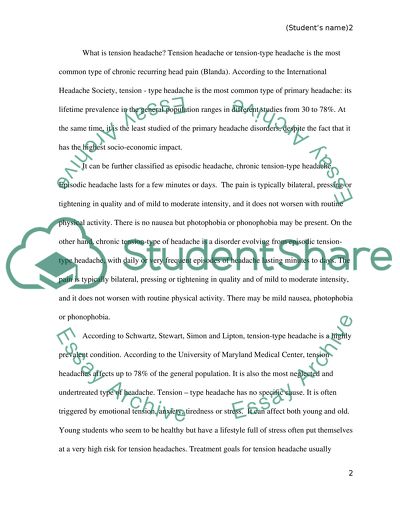Cite this document
(“A cross sectional study of tension headache among Ahlia University Thesis”, n.d.)
Retrieved from https://studentshare.org/finance-accounting/1419297-a-cross-sectional-study-of-tension-headache-among
Retrieved from https://studentshare.org/finance-accounting/1419297-a-cross-sectional-study-of-tension-headache-among
(A Cross Sectional Study of Tension Headache Among Ahlia University Thesis)
https://studentshare.org/finance-accounting/1419297-a-cross-sectional-study-of-tension-headache-among.
https://studentshare.org/finance-accounting/1419297-a-cross-sectional-study-of-tension-headache-among.
“A Cross Sectional Study of Tension Headache Among Ahlia University Thesis”, n.d. https://studentshare.org/finance-accounting/1419297-a-cross-sectional-study-of-tension-headache-among.


